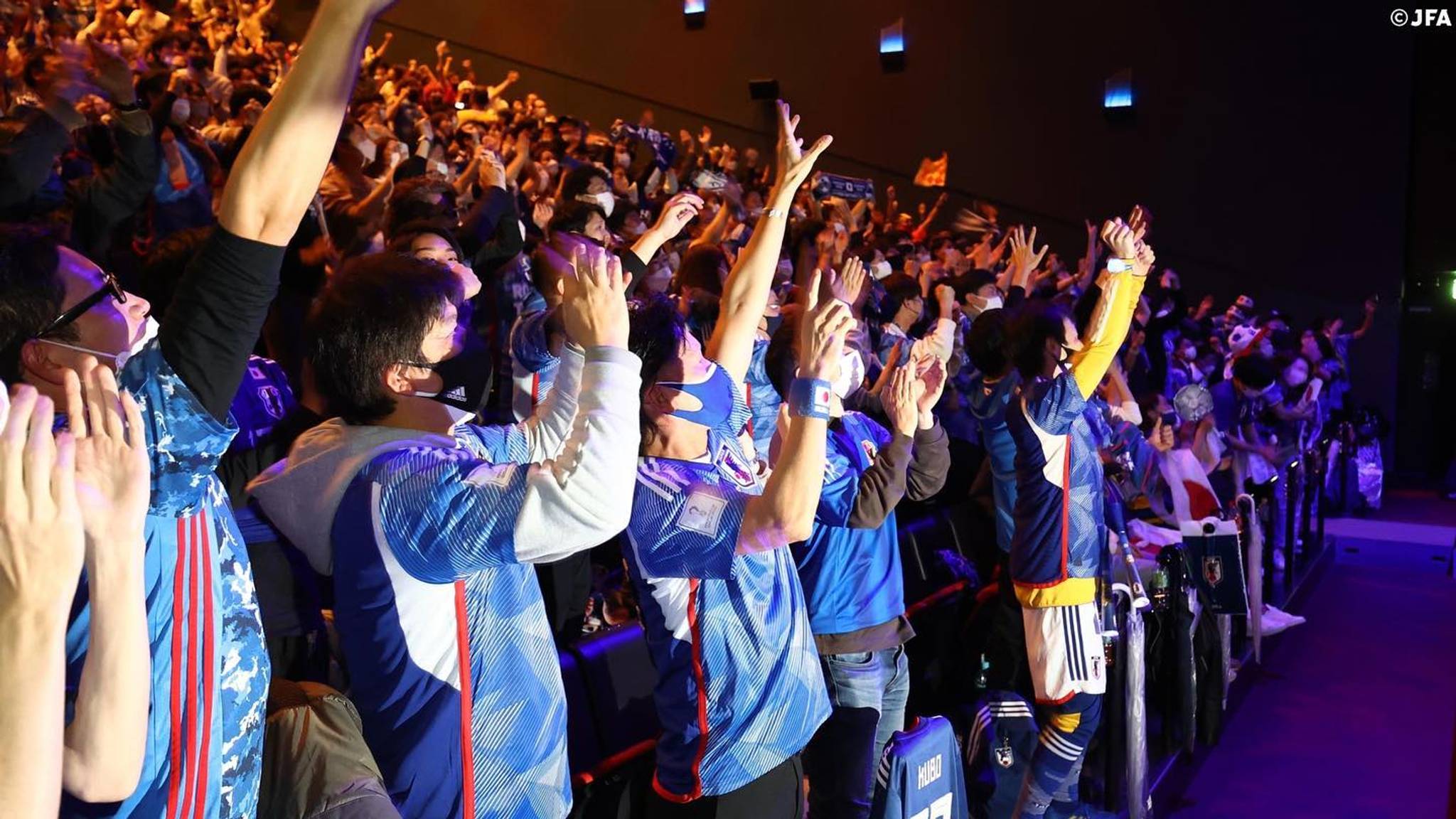
Expressions of football fandom are evolving and changing, with the 2022 World Cup highlighting how fans are no longer accepting the status quo and are leaning into new non-traditional football moments. As notions of sports fandoms shift, what could this mean for the future of sports culture?
The World Cup in Qatar put a spotlight on football, highlighting tensions between fan values, local and national identities, and fandom’s place in the beautiful game.
“Stadiums. Colours. Flags. Banners. Histories. Folk-stories. Memories. Rituals. All rooted within the geographical location of the club, these emblems, motifs, and narratives provide football with its wider social meaning,” says Dr. Webber, a senior lecturer on the Football Performance and Participation programme at Solent University. Expressions of football fandom have remained fairly stable over the years, but as a recession and inflation hit fan finances – which were already being challenged by the globalisation of the game – the future of fan culture seems more up for grabs than ever.
But while local ties may no longer be the reason for young fans to support a club, new opportunities are emerging. In an interview with Canvas8 back in 2020, Dr. Dan Wann, a professor of sports psychology at Murray State University explained: “Twenty years ago, if you were a fan of a team that was a long way away, you could feel isolated in your fandom. Not anymore. Modern fans are able to watch their teams perform with other people, establishing social connections.” Indeed, the fan universe has hugely evolved, opening up the opportunity for greater community, fan investment, and participation than ever before. As an example, look to Nike’s Footballverse. The game gives fans agency to create their own teams that reflect their passions, allegiances, and identity away from borders or even moments in time.
Fandom is naturally fragmented – it has always been forged from a combination of group affiliation, emotional stimulation, self-identity, and information acquisition. These fandom components have had constant expressions in football culture. However as external factors pressurise traditional fan engagement, this DIY approach to football fandom offers a sense of what’s coming next for the sport. Indeed, with research finding that backyard sports continue to be favoured among Australians, and with Overtime Elite tapping into the digital-first mindsets of younger sporting audiences, the end of local times need not signify the end of fandom. Instead, the opportunity lies in giving at-home viewers new channels to engage with sport – and to place the power of the game within the heart of the home.



